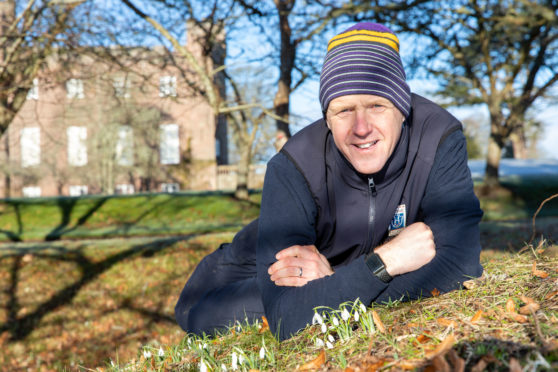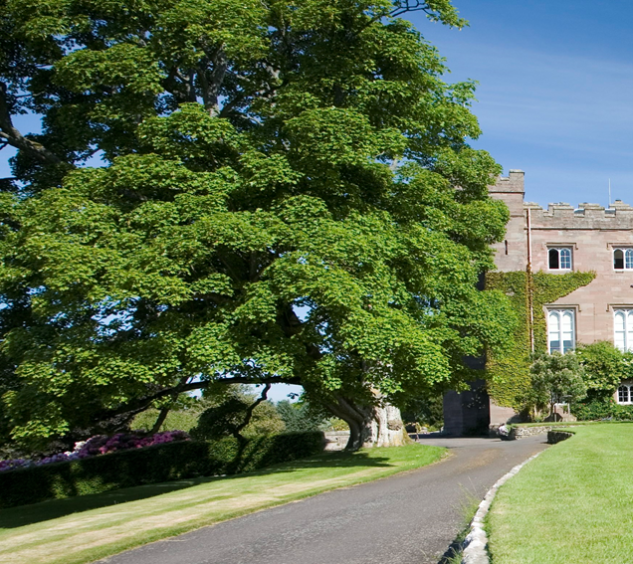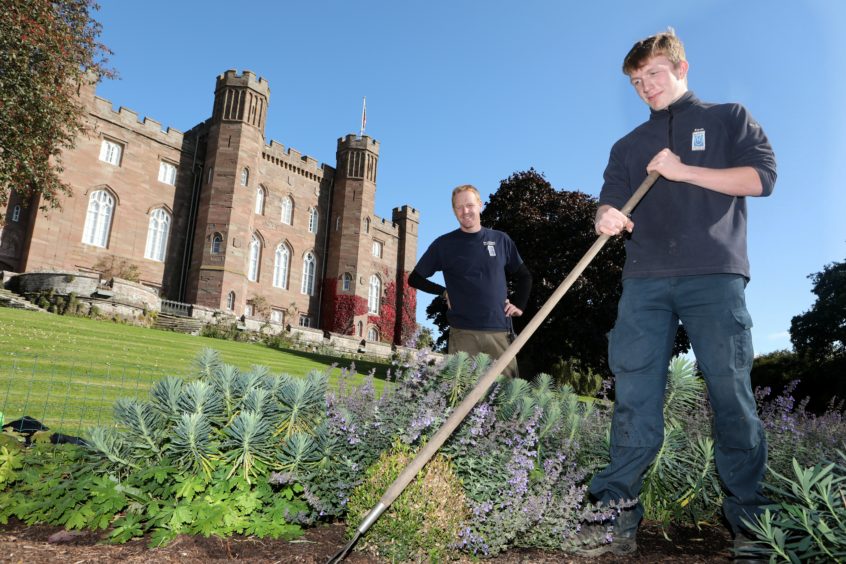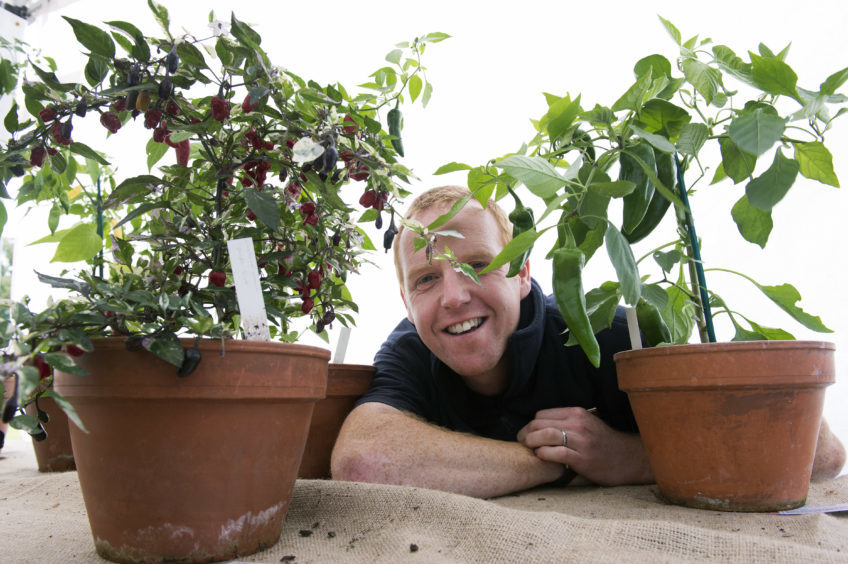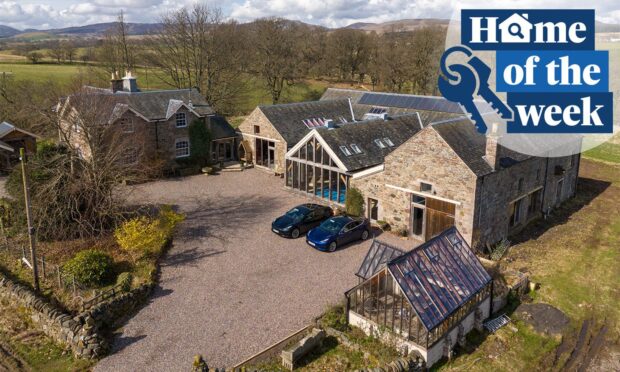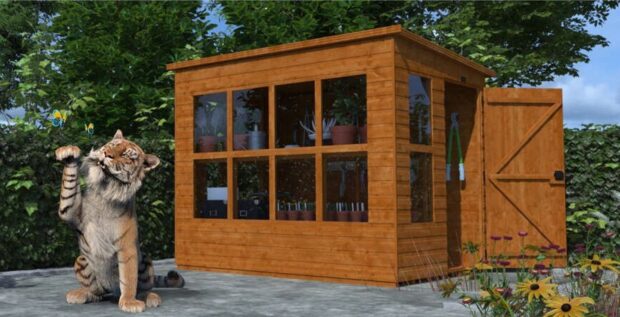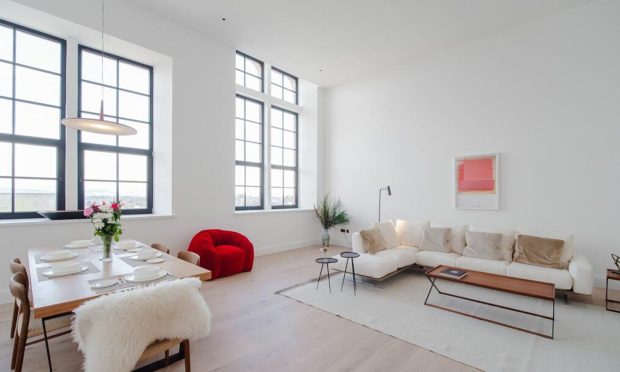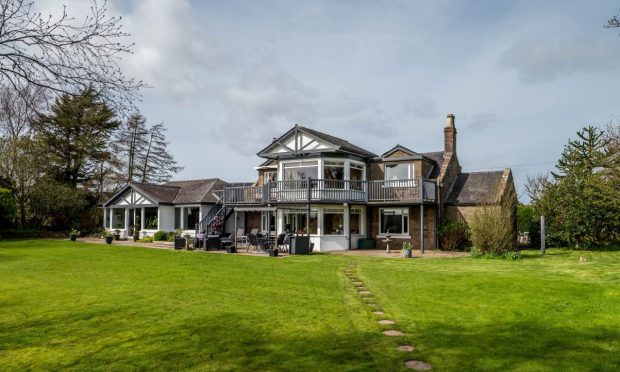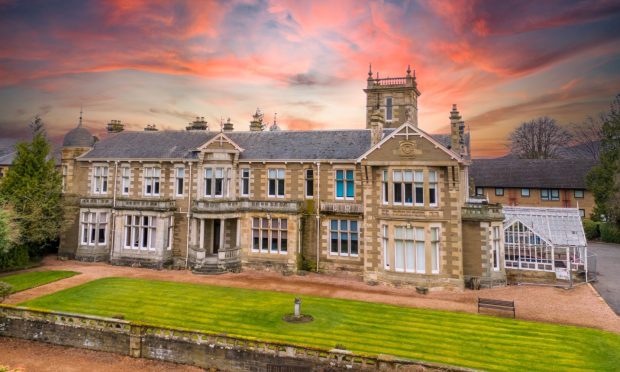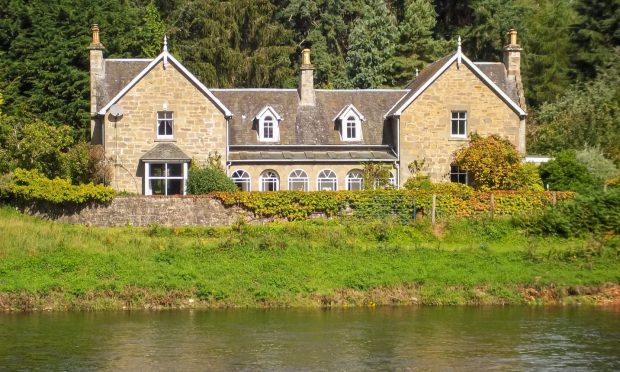This will probably come as no surprise if I was to tell you that, I love gardening, writes Brian Cunningham.
I find it so interesting, there are so many different aspects of it, more than what people realise.
I love garden history and up at Scone Palace where I am the head gardener, there’s 2000 years of it. Today I’m gardening where the The Kings of Scotland were once crowned.
The ceremony took place on the famous ‘Boot Hill’, where the King was enthroned whilst sitting on the ‘Stone of Destiny’, before it was stolen by an English army.
But did Edward I get the real stone or did the monks from Scone Abbey dupe him? He certainly had his doubts as he raided Scone a further two times.
Every time I’m planting a tree, I’m secretly hoping I’ll find the REAL Stone of Destiny!
The foundations of the gardens and grounds that I work in today are owed much to the credit of Scotsman John Claudius Loudon, who submitted proposals for the landscape around the newly re-constructed Palace in the early 1800’s.
Loudon was one of the prominent landscape gardeners of his time who also was responsible for founding the first Garden Magazine in 1826 that was devoted solely to horticulture.
Today the land that surrounds Scone Palace is seen as an important element of Scotland’s historic environment, and is recognised as a designed landscape.
The grounds of Scone Palace have one of the finest tree collections in the country with oak, beech and chestnut trees all over 200 years old, growing in the Parks created by Loudon.
Whilst the grounds immediately outside the Palace are home to such trees as a Cedar of Lebanon planted by Prince Charles and a sycamore planted by King James VI of Scotland 400 years ago during his long awaited ‘hame-comin’
The 1800’s was a time where the owners of large houses and estates invested vast sums of money into their gardens. This was so they could compete with each other and see who had the best collection of orchids or exotic conifers, whose gardener could grow the finest fruit and vegetables from their Kitchen Gardens or be the first to make a new cultivar of a plant.
One of the ways to be the first to get their hands on the latest plants was to sponsor a plant hunter.
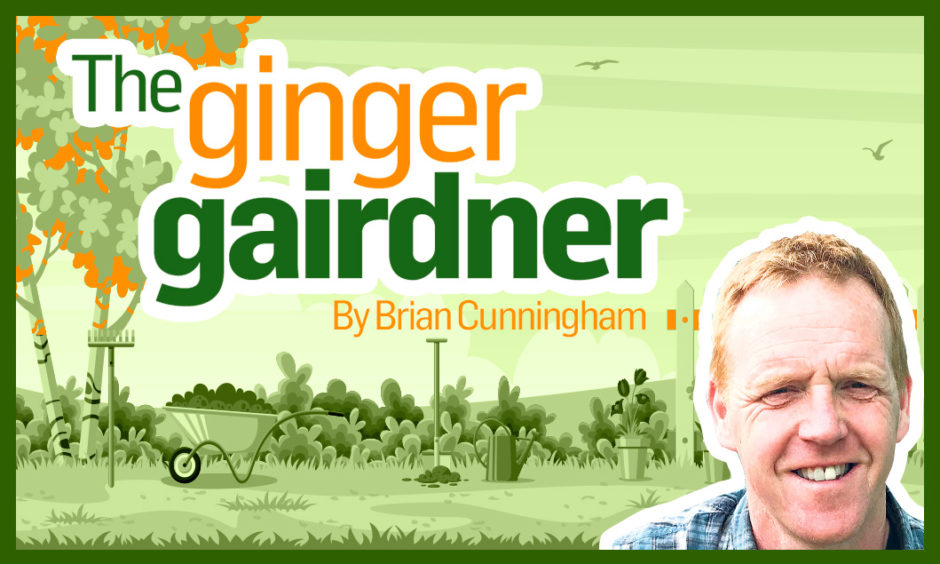
This was someone who would be sent to one of the newly discovered countries or one that was opening its borders for trade, so they could search for new plants that would flourish in the gardens of Great Britain.
I love reading the stories about these plant hunters and the adventures they had. Scotland had a fine tradition of producing such men, who had to be strong in character and able to deal with anything and everything that was thrown at them. George Forrest, Archibald Menzies, Robert Fortune, but it’s David Douglas who I’m most interested in.
Douglas was born at Scone in 1799 and from the age of 14, served a seven-year apprenticeship in the newly formed gardens that had been created at the Palace.
The Earl of Mansfield of Scone Palace was a sponsor of one of Douglas’s three expeditions to North America.
In 1826 he received a package of seed sent back by Douglas, one of which was of the conifer Pseudostuga menziesii and was eventually named after the young plant hunter, ‘The Douglas Fir’. The tree from which grew from this seed still stands proudly in the Palace grounds today since it was planted in 1834.
The ultimate for any gardener is a walled garden, a garden enclosed by high walls in which a micro-climate is created, helping to protect plants growing within from wind and frost. Usually adorned with beautiful glasshouse structures these are often seen as paradise gardens allowing gardeners opportunities to expand their plant collections.
At the Palace we are embarking on a restoration of the walled garden that was constructed in 1803. At its peak 30 men worked in this area growing fruit, vegetables and cut flowers to supply and decorate the Palace.
Without the luxury of so many gardeners today, our aim is to create as low a maintenance garden as possible with topiary as the main theme.
Orchard’s of pear and apple trees have been planted and trained as spindles, a collection of border-bearded iris is being developed in beds cut out in the shape of a fleur-de-lis. And at last, in an intimate space enclosed by a pleached-lime hedge perfect for a romantic couple to seal their vows, I have the chance to grow late summer flowering perennials without the challenges of defending them against deer and rabbit. Some times I feel like a modern day ‘Mr Mcgregor’!
The things I’ve talked about are some of what I love and interests me about gardening, but they have also been significant phases and era’s in horticulture too. I also believe we are currently living through one now and that’s volunteering.
Garden volunteers are people who are giving up their time to help create happy environments for people like me and you to enjoy, not just supporting professional gardeners in some of our country’s well known gardens, but in our streets and communities too.
In most cases without us realising it.
Tidying up corners of towns, planting up with bulbs, trees and wildflowers making nature trails and encouraging wildlife. Water hanging baskets and taking on bigger floral displays to make our villages feel more welcoming. Also projects harvesting rainwater, encouraging recycling and something that’s important to me, getting school kids involved and all the other different groups that use our open spaces.
I’m quite sure many of these unknown volunteers have been sitting at home in the weeks of lockdown itching to get back to work, enjoying the company of like-minded people, making new friends and seeing the satisfaction of making our communities brighter and cheerier places.
I think you deserve a thank you from us all.
